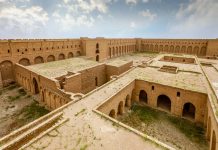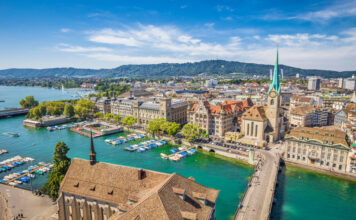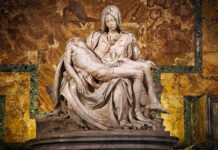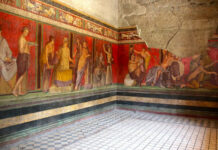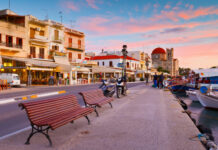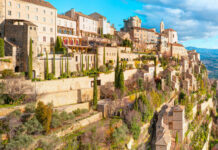Designed by Donato Bramante

The Bramante Staircase is named after its brilliant architect, Donato Bramante, an Italian Renaissance architect and painter. Commissioned by Pope Julius II in the early 16th century, Bramante was tasked with creating a staircase to connect the Vatican Palace to the Papal Apartments. The result was a marvel of architectural ingenuity that would later inspire countless imitations around the world.
Unique Double Helix Design
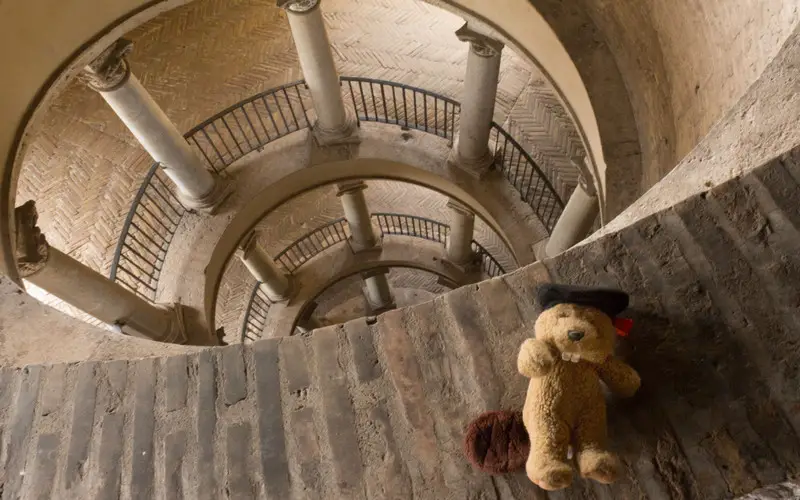
What sets the Bramante Staircase apart is its innovative double helix design. The staircase consists of two intertwined spirals that ascend in a double-helix formation, allowing visitors to ascend and descend without crossing paths. This design not only showcases Bramante’s architectural brilliance but also serves a practical purpose, facilitating a smooth flow of traffic within the staircase.
Inspired by Roman Architectural Traditions

Bramante drew inspiration from ancient Roman architectural traditions when designing the staircase. The double helix design finds its roots in Roman structures such as Trajan’s Column, where a continuous frieze spirals upwards. By incorporating this motif, Bramante pays homage to classical Roman aesthetics while infusing it with Renaissance innovation.
Originally Used by Horses
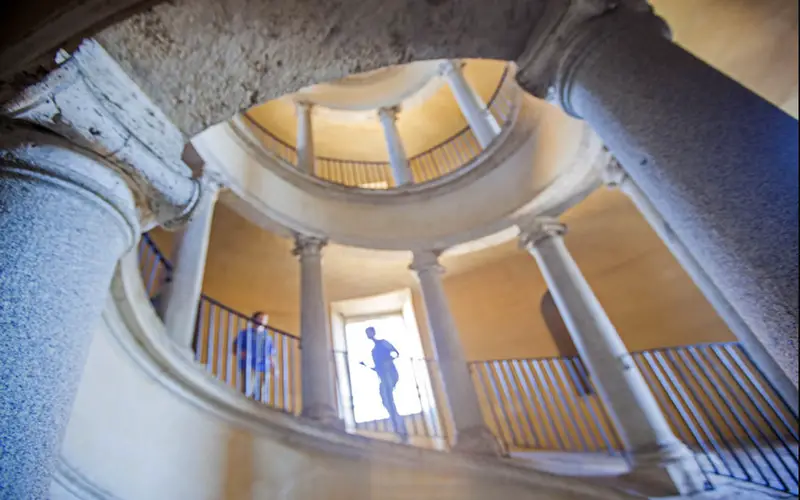
One of the lesser-known facts about the Bramante Staircase is its original purpose. Initially, the staircase was designed to allow pack animals, particularly horses, to ascend to the Papal Apartments. This ingenious solution allowed for the transportation of goods and animals without disrupting the flow of human traffic using the adjacent Bramante Spiral Staircase.
Two Separate Staircases

While the Bramante Staircase is often referred to as a single entity, it consists of two separate staircases: one for ascending and the other for descending. The intertwining helical structures create a visually striking effect, and the separation of the two flows ensures a smooth and efficient movement of people within the narrow confines of the Vatican Museums.
Built Without a Central Support Column

An engineering marvel of its time, the Bramante Staircase is constructed without a central support column. This feat was accomplished by designing the staircase in a double-helix formation, with each spiral providing structural support to the other. The absence of a central column enhances the sense of openness and allows for an unobstructed view as one ascends or descends.






